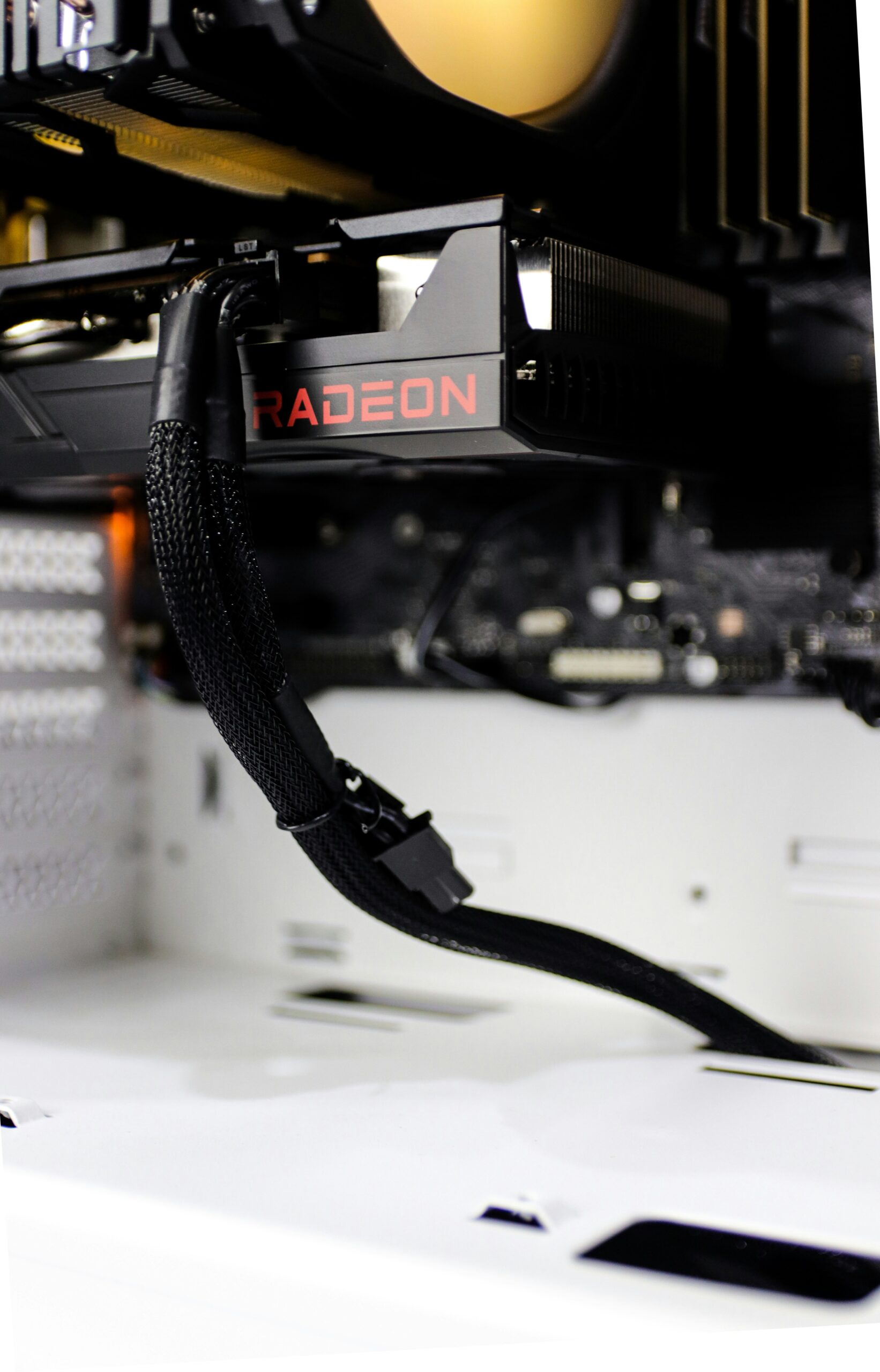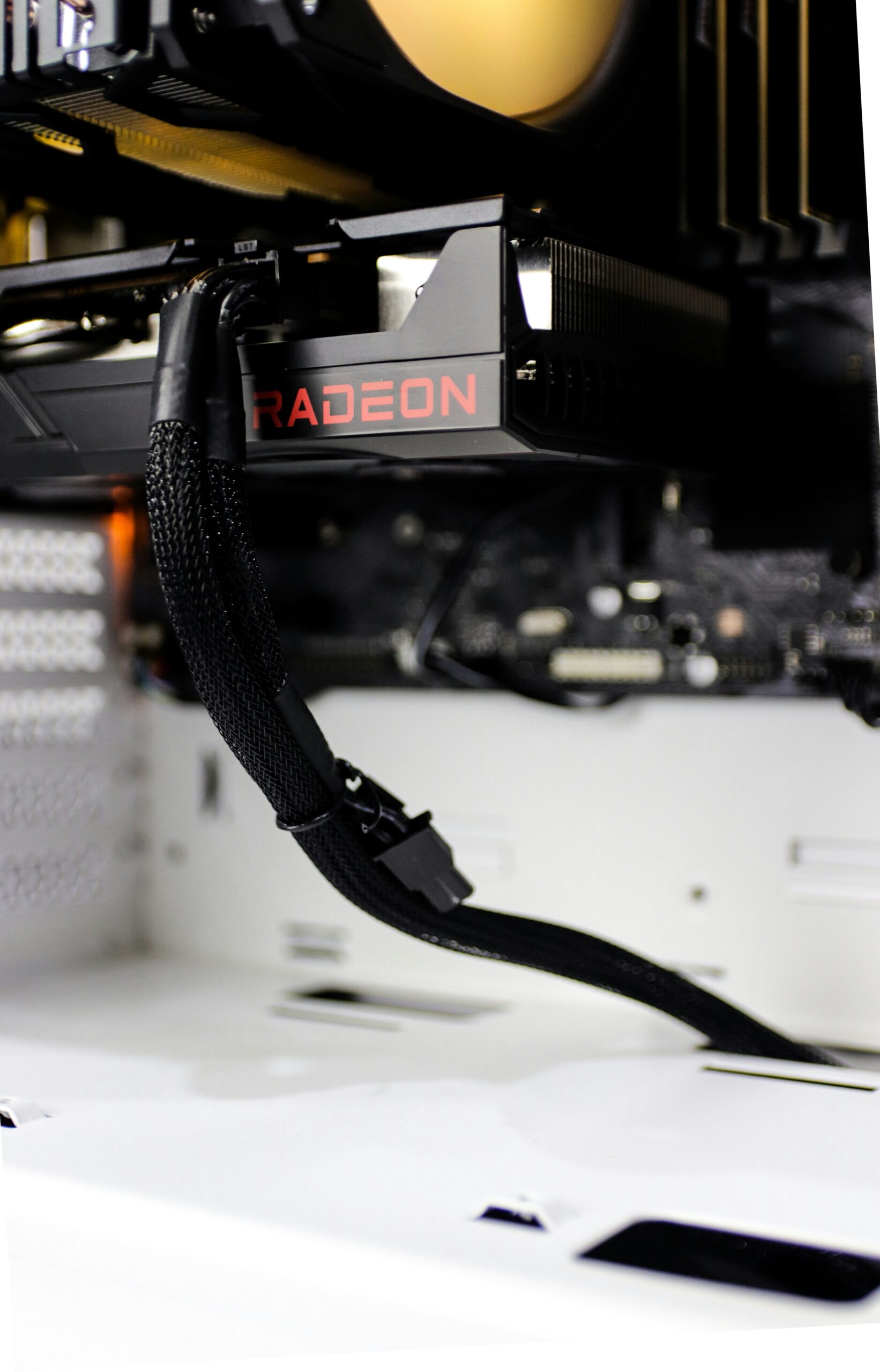
Introduction to NVIDIA: A Brief Overview
NVIDIA Corporation, founded in 1993 by Jensen Huang, Chris Malachowsky, and Curtis Priem, has risen to prominence as a global leader in computing technology. The company initially gained recognition for its innovative graphics processing units (GPUs), which revolutionized the gaming industry and set new standards for visual computing. Over the years, NVIDIA has expanded its offerings and now operates in several core business segments, including gaming, professional visualization, data centers, and automotive markets.
In the gaming sector, NVIDIA’s GPUs remain integral to providing immersive gaming experiences, enabling high frame rates and realistic graphics. The company’s GeForce brand has become synonymous with gaming excellence, catering to both casual gamers and competitive eSports players alike. Additionally, in the professional visualization market, NVIDIA’s technology supports a range of industries through high-performance graphics solutions, ensuring accurate rendering for professionals in fields such as architecture, engineering, and video production.
Another significant segment of NVIDIA’s business is its data center operations, which are increasingly crucial due to the rise of artificial intelligence (AI) and machine learning applications. NVIDIA’s powerful GPUs provide the necessary computational power for these advanced technologies, allowing enterprises to process vast amounts of data efficiently. The company has established its position as a pioneer in AI development, with tools such as CUDA enhancing programming efficiency for developers.
Moreover, NVIDIA has ventured into the automotive sector, where it leverages its expertise to enhance the development of self-driving technologies and in-car infotainment systems. By providing AI-driven solutions, NVIDIA is playing an essential role in shaping the future of transportation.
As a vital player in the semiconductor industry, NVIDIA continues to influence the trajectory of technology, driven by its commitment to innovation and excellence across various domains.
Recent Performance: Analyzing Stock Trends
NVIDIA Corporation’s stock has experienced notable fluctuations over the past year, reflecting a dynamic interaction between market conditions and company performance. To understand these trends, it is essential to analyze key metrics, including stock price movements, market capitalization, and trading volume. Over the past twelve months, NVIDIA’s stock price has witnessed both bullish phases and corrections, driven by factors such as advancements in technology, competitive position, and broader economic indicators.
As of October 2023, NVIDIA’s market capitalization has reached approximately $1 trillion, positioning it among the most valuable companies in the technology sector. This significant valuation underscores investor confidence in NVIDIA’s innovations, particularly within artificial intelligence (AI) and gaming. In terms of trading volume, fluctuations have been observed, often correlating with major news releases, including quarterly earnings reports and product launches that resonate with market expectations.
When comparing NVIDIA’s stock performance to its primary competitors, such as AMD and Intel, distinct trends emerge. While AMD’s stock has also shown growth, NVIDIA’s superior advancements in graphics processing units (GPUs) and AI integrations have helped it maintain a competitive edge. An insightful look at NVIDIA’s recent earnings report highlights robust revenue growth, primarily fueled by increased demand for data centers and AI technologies, which has played a crucial role in influencing the stock’s trajectory.
Furthermore, macroeconomic conditions, including interest rates and inflation, have substantially impacted market sentiment concerning NVIDIA’s stock. Investors remain vigilant to these external factors as they can alter investment strategies. Thus, understanding both NVIDIA’s internal factors and external influences provides a comprehensive view of its stock performance over the past year. This analysis helps elucidate the complexities driving the current trends observed in NVIDIA’s stock market behavior.
Future Prospects: Growth Drivers and Challenges
The future growth prospects of NVIDIA stock appear promising, driven by various catalysts that may bolster its market position. A primary growth driver is the company’s commitment to innovation, particularly through upcoming product launches. NVIDIA has consistently been at the forefront of graphics processing technology, and with the recent advancements in artificial intelligence (AI) and machine learning, the company is poised to launch new products that could set industry benchmarks. Analysts predict that these next-generation offerings will not only appeal to gamers but also cater to enterprises seeking enhanced computational capabilities.
Additionally, NVIDIA’s expansion into AI and machine learning applications presents significant growth opportunities. The demand for AI solutions is soaring across various industries, and NVIDIA’s technological advancements in AI hardware and software place it in an advantageous position. The company’s ongoing collaborations with tech leaders and research institutions further solidify its role as a key player in this rapidly evolving field, positioning NVIDIA stock for potential gains in the short to medium term.
However, NVIDIA faces notable challenges that could impact its stock trajectory. Increased competition from other technology firms, particularly in the GPU market, poses a formidable threat. Major companies are intensifying their investments in AI technology, which could erode NVIDIA’s market share if they successfully innovate comparable or superior products. Furthermore, supply chain disruptions and semiconductor shortages seen in recent years continue to challenge the tech industry at large, raising concerns about NVIDIA’s ability to meet demand.
Regulatory considerations also loom over the horizon, as increased scrutiny on technology companies regarding data privacy and antitrust issues may bring additional challenges. Prospective investors should remain cognizant of both the growth drivers and the obstacles that could influence NVIDIA stock, seeking expert opinions and forecasts to navigate this evolving landscape effectively.
Investment Considerations: Is NVIDIA Stock a Buy?
As investors evaluate the potential of NVIDIA stock, it is crucial to consider several factors that impact its attractiveness as an investment opportunity. One key aspect is the valuation metrics, which provide insights into how the stock is priced relative to its earnings, assets, and growth projections. NVIDIA has consistently shown strong revenue growth due to its dominance in graphics processing units (GPUs), catering to sectors such as gaming, artificial intelligence, and data centers. However, stock valuation should be undertaken cautiously, especially considering the elevated price-to-earnings ratios that have emerged in the tech sector over the past few years.
Analysts’ ratings offer additional perspective on the stock. Many have expressed optimism regarding NVIDIA’s growth trajectory, emphasizing the company’s positioning in rapidly expanding markets. Positive outlooks are often grounded in the increasing demand for AI-driven applications, which are expected to continue driving NVIDIA’s revenue upward. It is advisable for investors to review comprehensive analyst reports, as they can provide varying insights and price targets that further inform potential buy or sell decisions.
Additionally, holding NVIDIA stock comes with investment risks that should be acknowledged. The cyclical nature of the semiconductor industry can lead to volatility in stock prices, influenced by supply chain challenges and demand fluctuations. Economic conditions, such as inflation and interest rates, can also impact stock performance and investor sentiment. Thus, for traders interested in short-term gains, monitoring market trends and quarterly earnings reports may be critical. In contrast, long-term investors might find value in the company’s foundational strengths and market positioning, outweighing short-term fluctuations.
Ultimately, making an informed decision about whether to buy NVIDIA stock requires careful consideration of its financial metrics, analyst projections, and potential market risks. By evaluating these elements, investors can determine if acquiring NVIDIA shares aligns with their investment strategies and risk tolerance.



